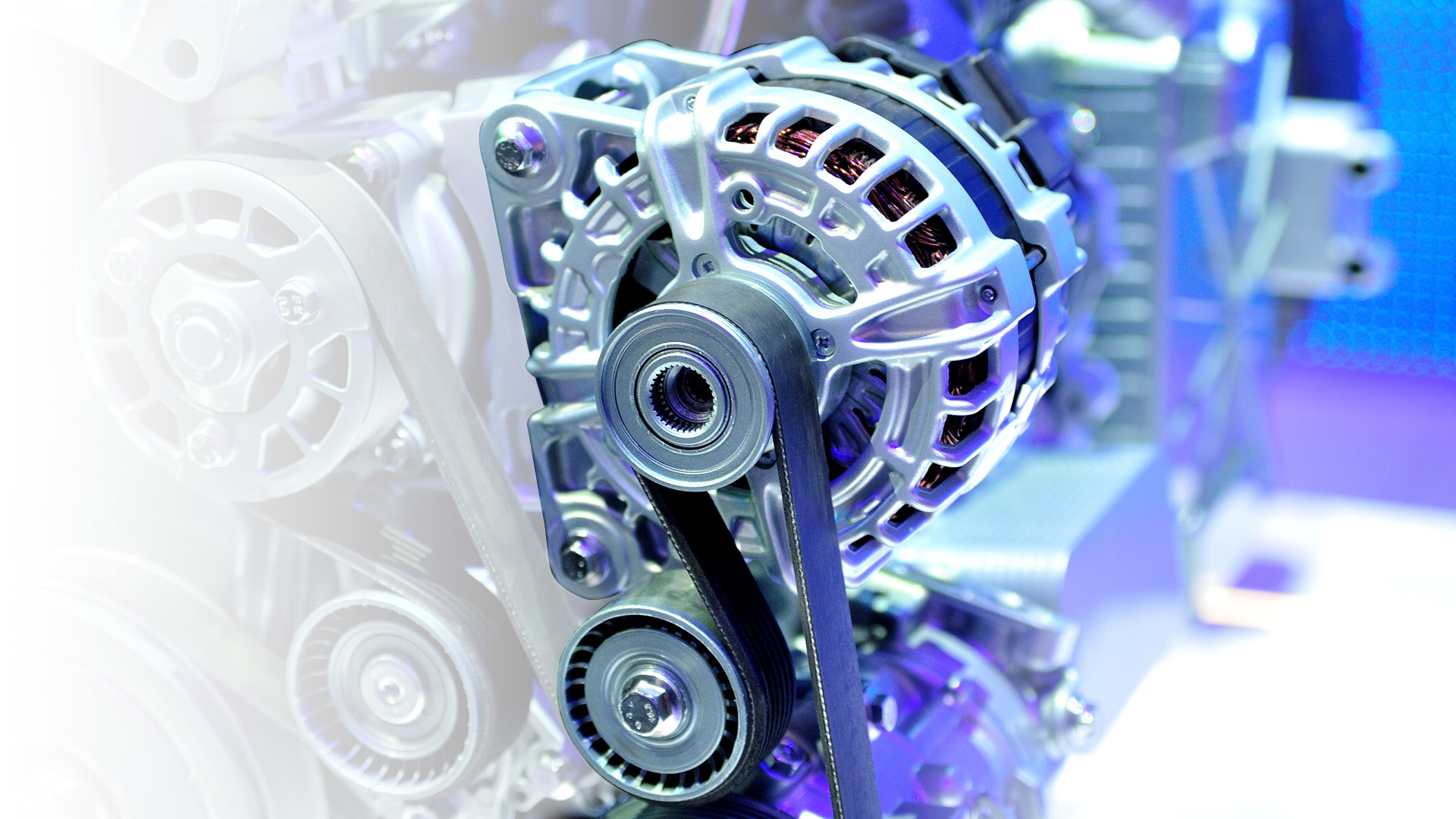

We may earn revenue from the products available on this page and participate in affiliate programs. Learn more ›
The alternator charges the battery and powers the electrics
People may think that the battery powers the electrics in your car, but that’s not the case. The battery provides electricity needed for the electric starter motor to start the car. When the car is running, the alternator generates energy to feed the electrical system and charge the battery.
The alternator is basically a generator
The alternator used to be called a generator, and it works in the same way. In this case, a car’s gas engine spins wheels under the hood. which crank a wheel on the alternator and generate energy. In principle, this is the same way that water falling over a hydroelectric dam and spinning wheels along the way generates energy.
Alternators have been around for a long time
The routine use of alternators goes back to World War II, when they were installed on special-use vehicles to power radio equipment. Alternators were first used as standard equipment on a production car in Chrysler’s 1960 Valiant. It would be several years before Ford and General Motors started using them, even though Ford had fitted an early version of the alternator to some Model Ts.
How to tell if the alternator is bad or failing
Look to the instrument cluster. If you see a warning light that looks like a battery or reads “GEN” or “ALT,” that’s a clear signal. The light may remain on, or only come on when multiple electrical accessories are being used.
Even if the warning light isn’t on, dim lights are an indicator of alternator problems, as is the instruments and gauges suddenly not working. You may experience the smell of burning rubber if a belt is frying, or you may hear a screeching, whining, or growling sound from under the hood. These are all classic signs of alternator that is in danger of dying.
Alternator or battery?
The alternator and the battery are so closely connected in the electrical system, it’s easy to wonder if the alternator or the battery is causing a problem. Luckily, there is an easy test: Jump start the dead car, then remove the jumper cables. If the car dies shortly thereafter, then the alternator is the likely culprit. If the car continues to run, then it’s probably the battery that needs a charge.